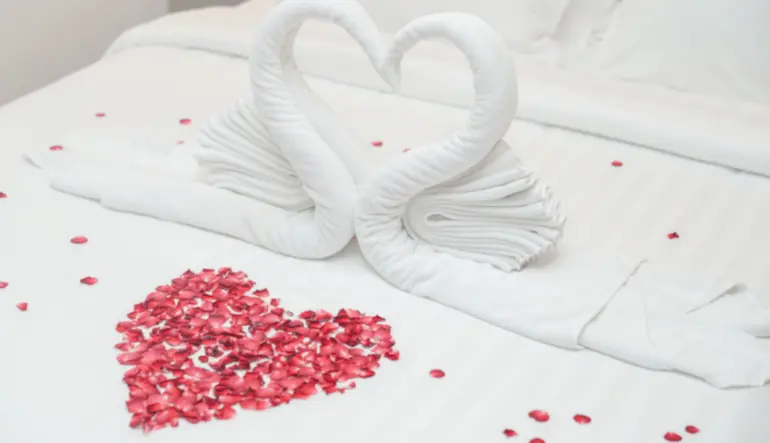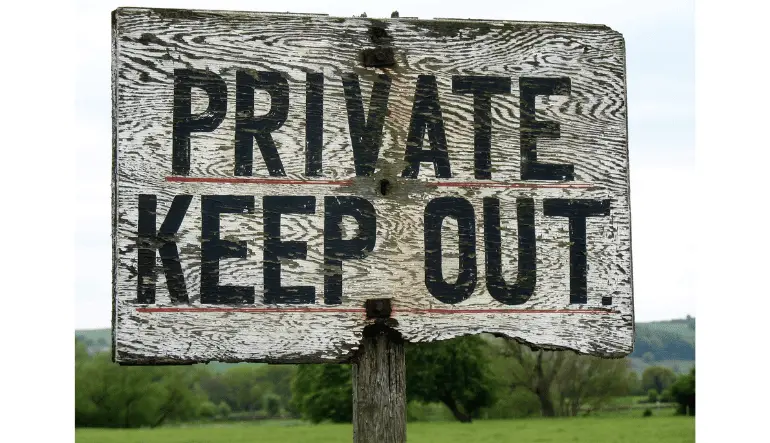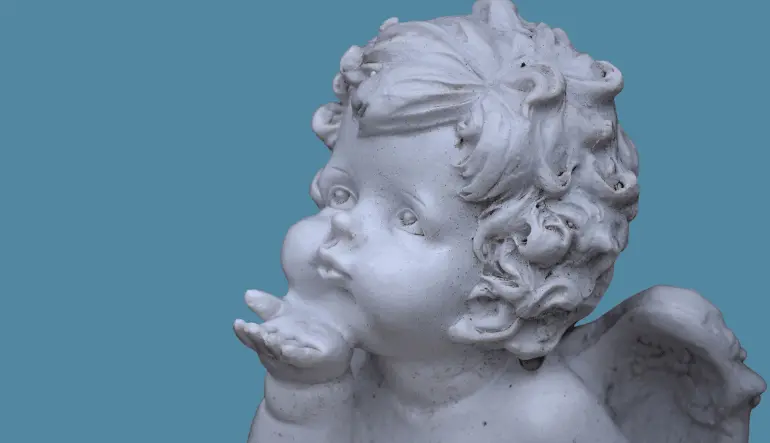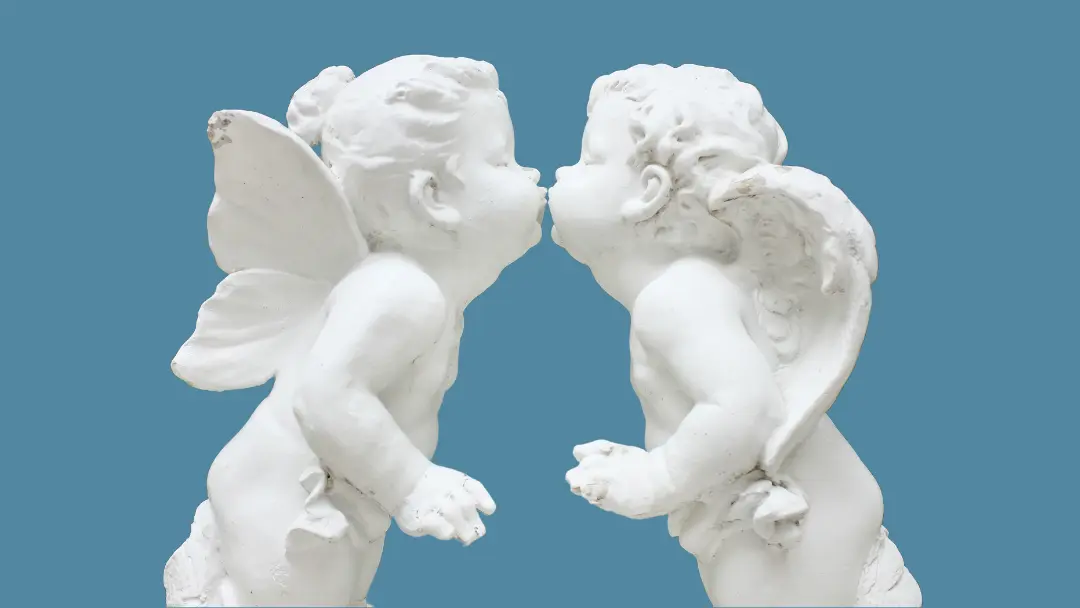Attachment Style Quiz:
What Is My Attachment Style?
In honor of Valentine’s Day, take this quiz to discover your romantic attachment style—and where you might fit in the animal kingdom.
Are you a Platypus, Polar Bear, Border Collie, or Shell-Bound Barnacle?
Note: This is a lighthearted quiz to bring awareness to attachment styles. This is not a scientific measurement. To evaluate your attachment style, make an appointment today with an Empowered and Authentic Living therapist or another trained professional.

Attachment Style Quiz Directions
Get a piece of paper and answer YES or NO to the following questions. (If you’re not in a current love relationship, consider how you acted in a past romantic relationship or relationships in general.)
- Do you often or frequently take things “personally?”
- If you feel stressed about your relationship, do you hesitate (or decline) to share your thoughts or feelings with your partner?
- Can you easily control impulses, soothe yourself, and cope with your emotions?
- Are you highly attentive to your partner, picking up on every change in facial expression or tone of voice?
- Are you happy (but not aching, relieved, sad, or ambivalent) to see your partner after you’ve been apart?
- Do you often prefer a bit of distance physically (or even geographically) between you and your partner?
- When you’re in a relationship, do you worry that your partner will break up with you?
- Is it hard for you to open up to people?
- Do you enjoy many trusting, long-lasting relationships with family and friends?
- Is your independence or personal freedom more important than a romantic relationship?
- Do you feel intense emotional discomfort when you’re alone? Or when your beloved is away?
- Do you have good relationships with “authority” figures (e.g., parents, teachers, bosses, etc.)?
- Do you avoid physical touch?
- Do you speak up for yourself gently and set clear boundaries for others?
- Are you indifferent toward romantic relationships and wonder why you’re even taking this stupid quiz?
- Do you trust most people?
- For the most part, do you have a hard time saying “no” even when you know it would be in your best interest?
- Do you have a good understanding of what you want in a relationship?
- Have you ever been told or felt that you put up an emotional wall?
- Are you as comfortable alone as you are with your partner?
- Do you find that you’re attracted to people who are unavailable or abusive?
- Do you often seek or crave reassurance from your partner?
- Are you resilient and “roll with the punches?”
- Do you have mood swings? Do you sometimes (or often) create drama or conflict in your relationships?
- Do you frequently “Google” or check social media sites for information about your partner?
- Do you prefer to keep your feelings and emotions to yourself—even with or especially with your partner?
- Do you feel or act jealous?
- Would you describe your romantic relationship(s) as erratic, unpredictable, and/or chaotic? Do you draw near, then withdraw, then draw near, then withdraw, etc.?
- Do you ask for help when you’re overwhelmed?
- Have you ever stayed in an unhealthy relationship to avoid breaking up—no matter the emotional, physical, or mental cost to you?
- Do people see you as empathetic?
- Do you detach when your relationship becomes too serious?
- Do you enjoy engaging socially with most people?
- Do you have trouble forming trusted relationships with other adults?
- Do you have trouble trusting your partner?
- Do you make and keep friends easily, having long-lasting friendships?
- Deep down, do you wonder why anyone would like you?
- Do you want close emotional relationships?
- Are you or have you ever been in a romantic relationship where you chose to “walk on eggshells” around your partner rather than break up or divorce?
- Do you almost always have a favorable view of yourself and others?
- Do you tend to feel out of control and have angry outbursts?
- Do you repeatedly call or text your partner—even if they haven’t responded?
- Do you and your partner enjoy interests and social time together and separately?
- If someone seems too interested in you, do you tend to push them away?
Score your quiz according to the instructions at right (on a desktop computer) or below (on a smart phone).

Scoring Your Attachment Style Quiz
Okay, so it’s a little complicated. Just walk through the steps, and it will become clearer. We’ll start with scoring two attachment styles: A and B.
Step 1. Score A.
Give yourself 1 point for each YES answer to the following questions:
#1, #2, #4, #7, #11, #17, #22, #25, #27, #30, #35, #37, #39, #42
TOTAL SCORE A= ____
If your score was:
< 5 It’s not likely you’re a Shell-Bound Barnacle; continue and check Score B.
6-9 You show signs of being a Shell-Bound Barnacle; continue and check Score B.
10-14 You show many signs of being a Shell-Bound Barnacle; continue and check Score B.
Step 2. Score B.
Give yourself 1 point for each YES to the following questions:
#2, #6, #8, #10, #13, #15, #19, #26, #29, #32, #34, #35, #44
Plus, add 1 point each if you answered NO to:
#29, #38
TOTAL SCORE B = ______
SCORE TOTAL:
< 5 It’s not likely you’re a Platypus. Go to the next steps (below).
6-9 You show some signs of being a Platypus. Go to the next steps (below).
10-15 You show many signs of being a Platypus. Go to the next steps (below).
Attachment Style Quiz Next Steps
If your score was high for either A or B—but not both—you have finished the quiz. Go to the Attachment Style Quiz Answer Key.
If you scored high and or moderately high in both A and B, go to Step 3.
If your score was low in both A and B, skip Step 3. Go to Step 4.
Step 3: Score C.
If You Scored High or Moderately High in A and B, sum up Score C.
Give yourself 1 point each if you answered YES to:
#21, #24, #28, #34, #41
Add 1 point each if you answered NO to:
#3, #16, #18
TOTAL SCORE C= _____
< 2 It’s not likely you’re a Polar Bear.
3-5 You show some signs of being a Polar Bear. You are finished with the quiz.
6-8 If you also had a high Score A AND Score B, you are likely a Polar Bear attachment style. You are finished with the quiz. Go to the quiz answer key.
Step 4: Score D.
Give yourself 1 point each if you answered YES to these questions:
#3, #5, #9, #12, #14, #16, #18, #20, #23, #31, #33, #36, #40, #43
And add 1 point each if you answered NO to:
#1, #2, #35
TOTAL SCORE D= _____
< 8 It’s not likely you’re a Border Collie.
9-12 You show some signs of being a Border Collie.
13-17 Time to herd the masses. You’re a Border Collie.
Attachment Style Quiz Answer Key
If you scored high in only A, you are a Shell-Bound Barnacle.
If your score was high in only B, you are a Platypus.
If you had a strong C, with a mix of A and B points, you’re likely a Polar Bear. Likewise, if your scores were very scattered, you may be a Polar Bear.
Those with a high score in D and low scores in A, B, and C are typicallyBorder Collies.
Read on to learn more about these four attachment styles.

Anxious Attachment Style: Shell-Bound Barnacles
Why the Shell-Bound Barnacle
To represent the anxious attachment style, we chose the Shell-Bound Barnacle. Not because they’re prickly but because they cling. They cling tightly to the backs of sea turtles, moving only about 8 cm a year.
Anxious attachment is the most common type of insecure attachment.
Their Parents
People with anxious attachment styles have had difficult childhoods. Their parents may have been inconsistent, showing love one minute and being abusive another. These children may have suffered physical abuse; they developed low self-esteem. They are also more likely to struggle with depression and anxiety.
Their parents may have been overprotective and intrusive.
As a result, the child’s emotional needs were not met. Yet, at the same time, one or both parents likely expected the child to satisfy the adult’s emotional needs.
Their Adult Relationships
The Anxious Shell-Bound Barnacle grew to have trust issues and put everyone else’s needs above theirs.
Long ago, they learned to walk on pins and needles. They now watch every nuance of their beloved—and others. They are anxious to please everyone—friend, stranger, or foe.
They make excellent codependents, enabling alcoholics, addicts, and other dysfunctional people in their lives.
They worry. Did I do the right thing? Did that person look at me funny? Are they mad? Is my darling going to break up? Is there someone else? Why aren’t they home yet?
They may be fearful if they haven’t heard from their loved one—depending on the degree of their anxiety—for a day, an hour, or even minutes. Were they in an accident? Are they having an affair? Do they not love me anymore? Are they avoiding me?
Deep down, they believe they don’t deserve love and don’t matter. This is because they learned this early on.
So, thinking they’ll never find love again, they stay in marriages with alcoholics, abusers, cheaters, gaslighters, and other unhealthy people.

Avoidant Attachment Style: The Platypus
Why the Platypus
To represent the avoidant attachment style, we chose the Platypus. The Platypus is one of the most solitary creatures on the planet. Although they may look like fun, they’re shy, reclusive, and would rather be alone in their burrows.
Avoidant attachment is a type of insecure attachment.
Their Parents
Like the Barnacle’s childhood, the Platypus also did not have an easy childhood. Typically, their parents were very strict and authoritarian. They had high achievement expectations, and emotions were not tolerated. However, these parents also valued toughness and independence.
Think: Mary Tyler Moore’s role as the mother in the movie Ordinary People.
Their Adult Relationships
People with an Avoidant attachment style tend to value their independence and freedom.
Platypuses fear being vulnerable and are generally not in touch with their inner emotional world. At their core, they fear rejection. As such, Avoidant Platypuses like to be in control and initially may seem confident, happy, or outgoing.
However, they may gaslight or manipulate their partners (and others) to meet their needs.
If a dating relationship turns serious, their instinct is to run. Platypuses will emotionally (or physically) want to distance themselves–whether it’s remaining across the room or traveling across the country.
Furthermore, the Avoidant styles have perfectionistic standards and rarely apologize. Eventually, they’ll look for and find fault with their partner. For example, their partners may be suddenly annoying, unattractive, and unworthy of them. Not wanting closeness, they’ll accuse their partners of being clingy.
If Platypuses do marry, their spouses may feel invisible, isolated, or unloved. Their betrothed may feel as if sentenced to a lifetime of solitary confinement.
That’s because Platypuses wall their hearts in and suppress their feelings. They may even become angry if you offer empathy or support. At the same time, they bristle easily at criticism.
The Platypus fears being drowned by love, but at the deepest level, they don’t want to be abandoned or hurt. So, they detach.
Together, Shell-Bound Barnacles and Platypuses can have long-lasting toxic relationships.

Anxious-Avoidant Attachment Style: The Polar Bear
Why the Polar Bear
To represent the anxious-avoidant attachment style, we chose the Polar Bear. This type of attachment style is also called Disorganized attachment. The Polar Bear has traits of both the anxious and the avoidant personality.
The Polar Bear may look sweet, furry, and cuddly, but like the person with the Disorganized attachment style, they will aggressively push others away.
This is the third and rarest type of insecure attachment.
Their Parents
One (or both of their parents) may have been scary. They may have been angry, hostile, physically or sexually abusive, or severely depressed. As a result, the parent could never provide comfort or support to the child.
Their Relationships
We mentioned that Anxious Shell-Bound Barnacles have a high opinion of others and low self-esteem, and Avoidant Platypuses think highly of themselves but not others. But the Anxious-Avoidant Polar Bear doesn’t like anyone—themselves or others.
They lack confidence but don’t want to show vulnerability.
They don’t believe love is possible, so they may shun potential romantic partners to avoid getting hurt. Their biggest fear is being hurt, so they avoid commitment. As a result, they may shut down emotionally.
Alternatively, they may refuse to end a relationship. And they may be hypersexual—even though they’re not interested in sex or intimacy. Furthermore, they may develop mood swings, substance abuse issues, depression, and criminality.
They have trouble regulating their emotions and can be volatile.
Ironically, they believe their romantic partners are unpredictable, unreliable, and untrustworthy. They are constantly on edge, waiting for their partners to hurt, reject, or disappoint them. They may be demanding.
Their motto may be, “Get them before they get me.” Or “I hate you, don’t leave me.”

Good News About Insecure Attachment Styles: You Can Become a Border Collie
Through hard work and therapy, you can change your insecure attachment style to a secure attachment style. If you’re a Shell-Bound Barnacle, Platypus, or Polar Bear, help is available.
Contact your therapist today to formally assess your attachment style and to enjoy a healthy romantic relationship in the future.

Secure Attachment Styles: Border Collies
Why Border Collies
We chose Border Collies to represent the Secure attachment style.
That’s because research shows that dogs, especially Border Collies, are a good judge of human character. Border Collies are social and friendly and trust most people. But they will keep their distance or set clear boundaries if they sense someone is a threat. Instead, they’ll either avoid that person, growl, bare their teeth, or even attack to let someone know to stand back and get out of their space.
Their Parents
Border Collies had parents that satisfied their needs. They responded to their crying. As a result, these children grew up feeling safe and protected. When upset, they were soothed.
Feeling valued, they developed healthy self-esteem.
Moreover, their parents focused on the child’s “being” rather than their “doing” or achievements. At the same time, these parents weren’t “helicopter” or intrusive and overwhelming, so their children felt safe to explore.
Their parents and their world were predictable.
Their Relationships
Like Border Collies, people with a Secure attachment style can set boundaries without becoming aggressive. They make friendships easily and have long-lasting, healthy friendships with mutual trust. They generally trust authority figures.
Emotionally, they are empathetic. But they don’t focus only on their partner’s needs. They also have a good sense of their own wants, desires, and dreams. Further, they can speak up to address problems or express their needs in the relationship. Finally, they can reflect on their feelings and behaviors in a relationship.
They seek and give emotional support to friends and romantic partners.
Border Collies don’t lose their cool very often. They’re able to regulate their emotions. People with secure attachment styles are resilient and able to self-soothe if upset. Like well-trained pups, they can control their impulses.
In romantic relationships, they enjoy emotional and physical intimacy with their sweetheart. But they also have interests outside the relationship and are comfortable doing their own thing. At the same time, they look forward to seeing their honey and reuniting.

Conclusion
Scientists have studied four different attachment styles. Three of these are insecure. As a result, these people often have difficulties in their romantic relationships. But it doesn’t have to be. Unlike some other physical and psychological traits, attachment style can change. Help is available.
Lisa Aranas


